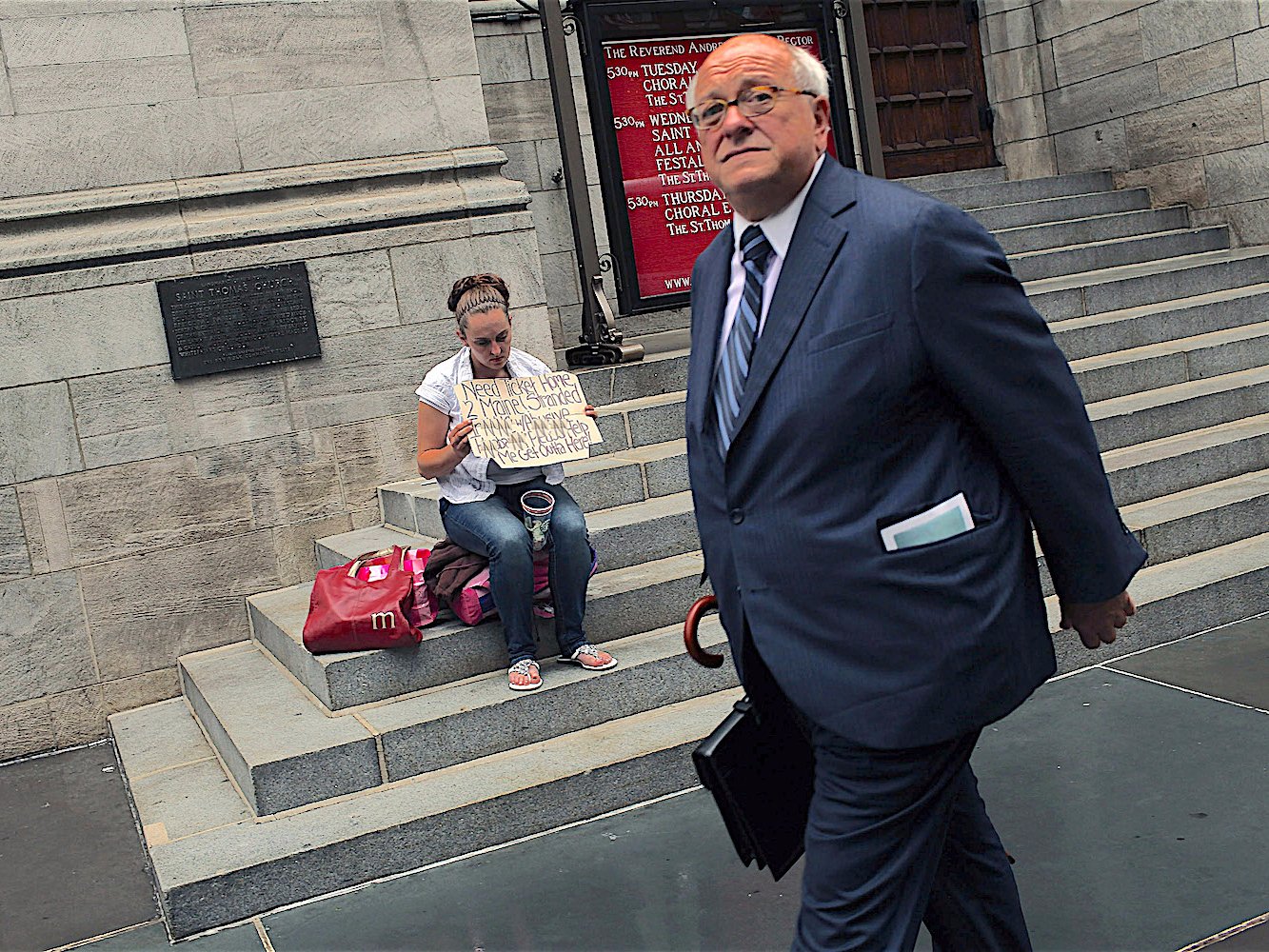 (Photo by Spencer Platt/Getty Images)
(Photo by Spencer Platt/Getty Images)
New data, collated by the OECD, shows the levels of inequality across all 36 member states.
Inequality is measured on a scale between zero and one, where zero represents perfect equality and one represents the maximum possible inequality (if one person were to have everything and everybody else had nothing).
Each country has two scores: one for ‘market income’ inequality, which measures salaries, capital and property income, and one for income after redistribution, which also takes into account levelling factors, such as taxes paid, cash benefits and social security.
All countries see a reduction in inequality after this redistribution is considered, although the amount by which inequality is reduced varies considerably.
Keep scrolling for the eight most unequal countries:













